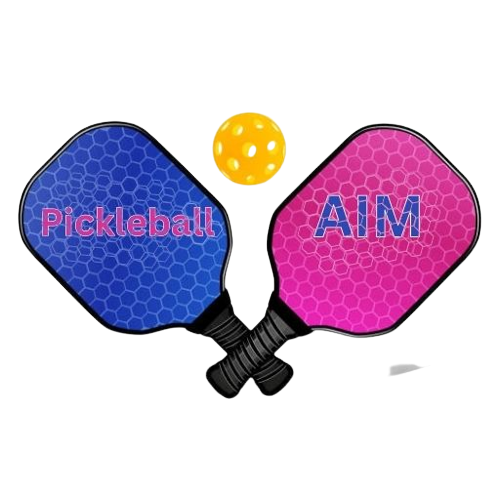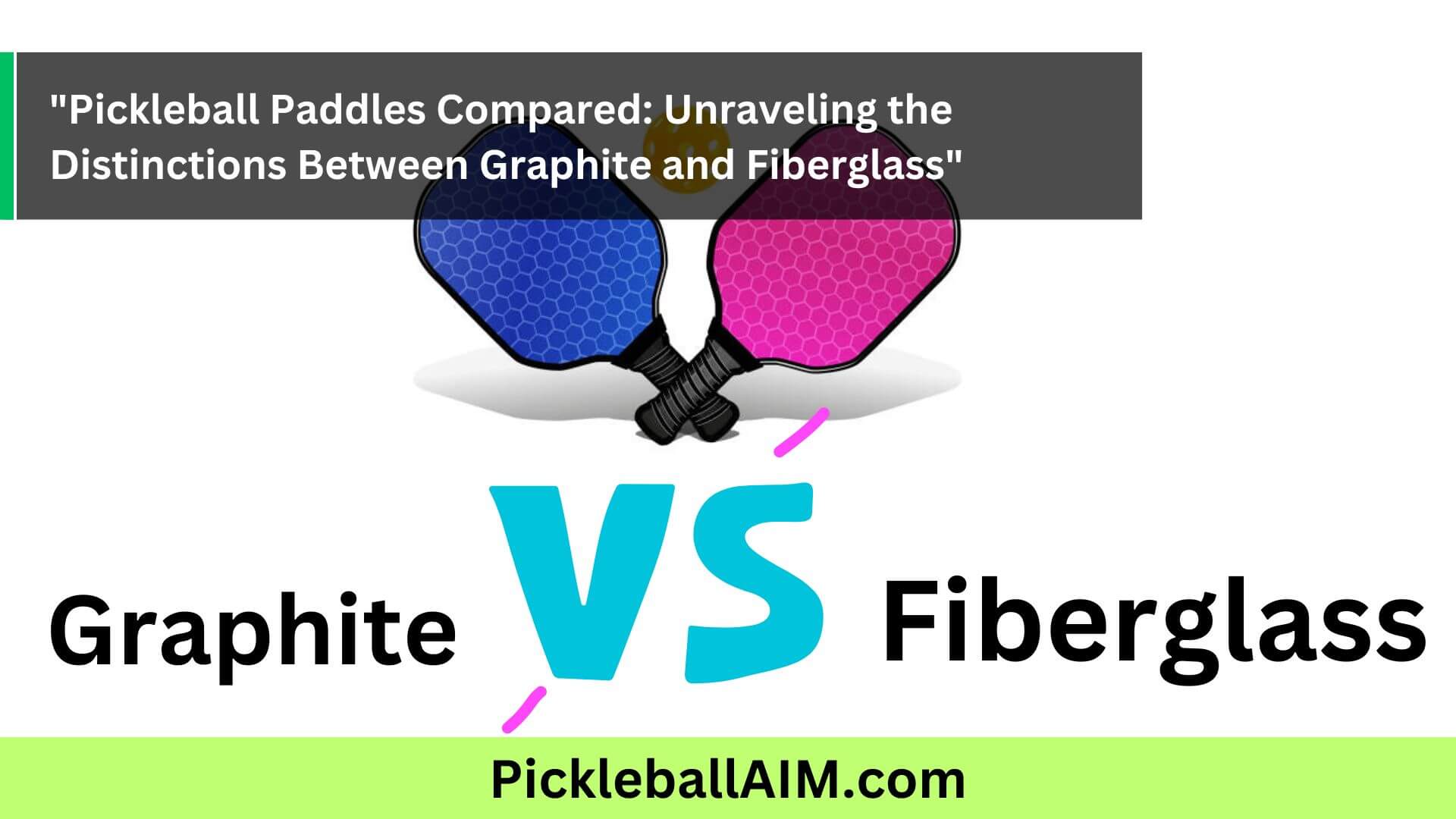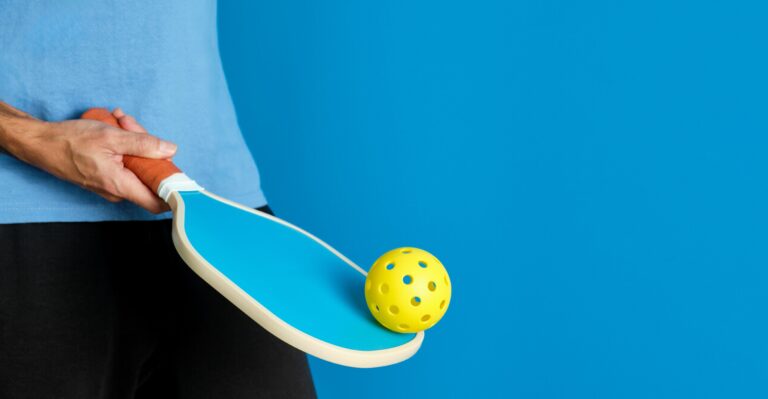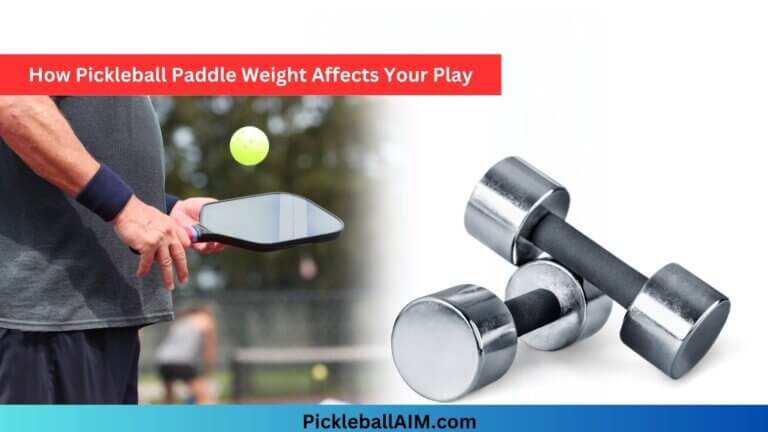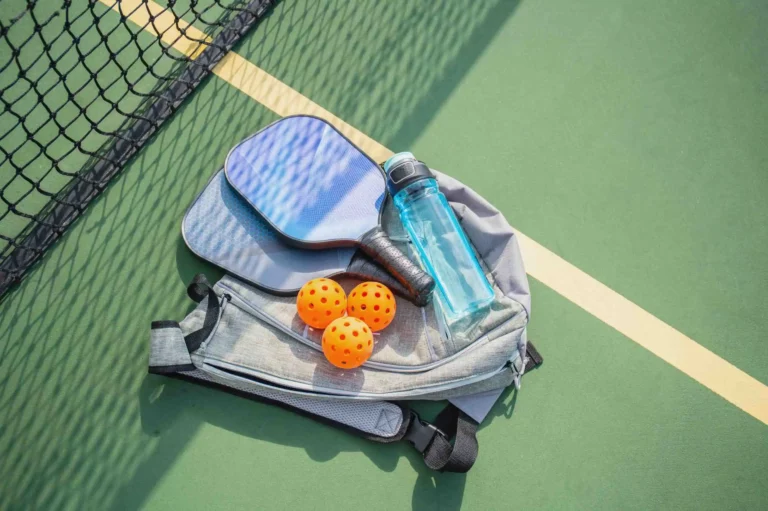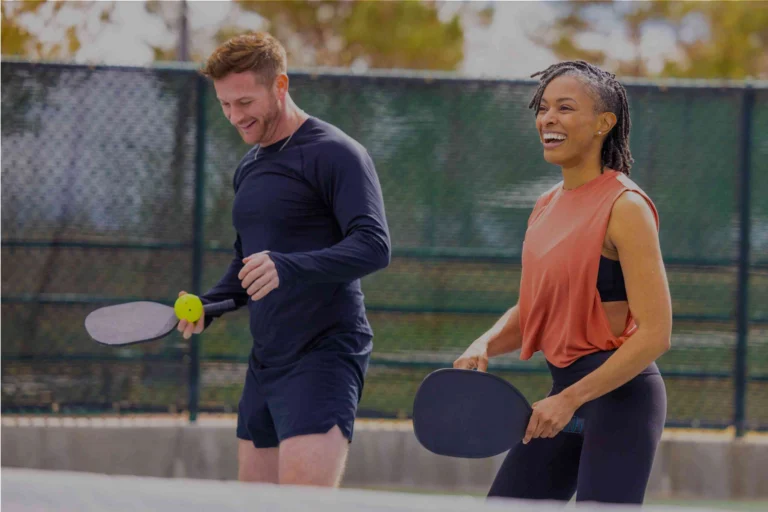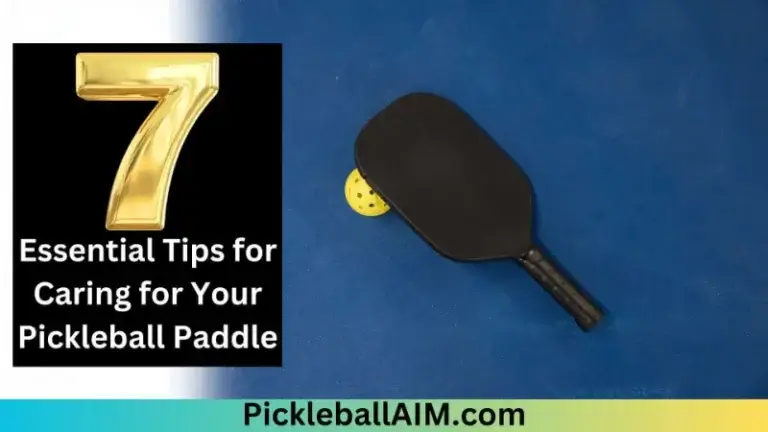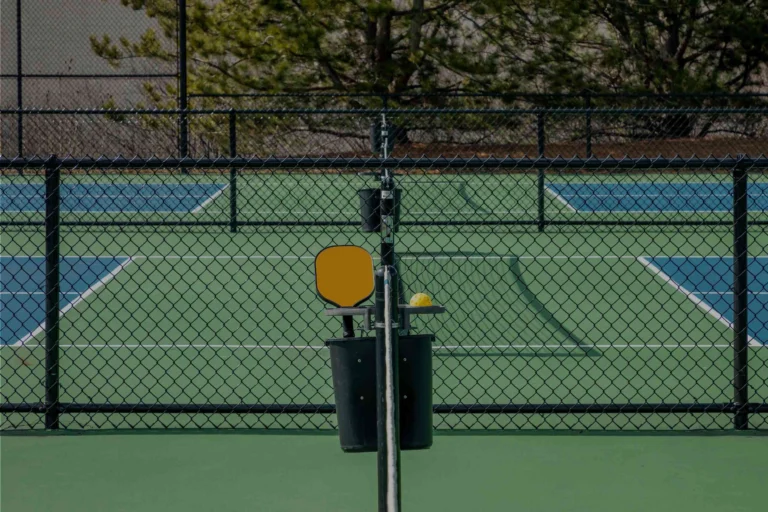Pickleball Paddles Showdown: Graphite vs. Fiberglass – Unraveling the Key Differences for the Perfect Match!
Pickleball paddles are available in various materials, each offering distinct characteristics and performance attributes. Two popular choices among players are graphite and fiberglass paddles. Understanding the differences between these materials can help players make an informed decision when choosing their ideal paddle. In this article, we will compare graphite and fiberglass pickleball paddles, exploring their unique qualities, benefits, and how they can impact your game on the court. Let’s delve into the comparison of these two popular paddle options.
1. Graphite Pickleball Paddles: Lightweight Power and Control
Graphite paddles are revered for their lightweight yet sturdy construction. Made from a combination of graphite and composite materials, these paddles offer an excellent balance of power and control. Their lightweight nature allows players to maneuver the paddle swiftly, making it ideal for quick reactions and precise shots. Graphite paddles often have a larger sweet spot, enhancing the player’s ability to hit consistent shots and adding forgiveness to off-center hits. This paddle type is favored by players who prioritize control, finesse, and a soft touch at the net.
2. Fiberglass Pickleball Paddles: Versatility and Durability
Fiberglass paddles are constructed using layers of fiberglass material. These paddles are known for their durability and resilience to withstand intense gameplay and repeated impacts. Fiberglass paddles offer versatility on the court, making them a popular choice among players of all skill levels. They strike a balance between power and control, providing a solid feel and a comfortable grip. Fiberglass paddles are often favored by players who seek a well-rounded option that can adapt to different playing styles and provide reliable performance.
3. Paddle Surface and Texture
Graphite paddles typically feature a smooth surface, which can provide a quicker ball response due to reduced friction. On the other hand, fiberglass paddles often come with a textured surface, offering better ball control and adding spin potential to shots.
4. Impact on Playing Style
Your choice between graphite and fiberglass paddles can impact your playing style. Graphite paddles are suitable for players who prefer a more finesse-based game, emphasizing control, placement, and touch shots. On the contrary, fiberglass paddles suit players who want a balanced approach, combining power, control, and versatility in their gameplay.
5. Weight and Maneuverability
Graphite paddles are generally lighter than fiberglass paddles, making them easier to maneuver and allowing for faster reaction times. Lighter paddles can reduce fatigue during extended play, benefiting players with an aggressive playing style. Fiberglass paddles, while slightly heavier, offer stability and solidity during shots, providing players with added power without sacrificing control.
6. Price Range
Graphite paddles are often priced at a higher range compared to fiberglass paddles. The use of premium materials and their advanced construction contribute to their elevated cost. In contrast, fiberglass paddles offer a more budget-friendly option without compromising on performance.
7. Comfort and Vibration Dampening
Graphite paddles often feature vibration dampening technology, which helps reduce the impact and vibrations transferred to the player’s arm during gameplay. This feature can be beneficial for players who experience discomfort or arm fatigue during prolonged play. On the other hand, fiberglass paddles may not offer the same level of vibration dampening but still provide a solid feel that some players prefer.
8. Weather Resistance
Fiberglass paddles are generally more resistant to extreme weather conditions compared to graphite paddles. While both materials are durable, fiberglass paddles are less susceptible to warping or damage in high humidity or extreme temperature environments, making them a reliable choice for players who frequently play in various weather conditions.
9. Player Experience Level
Player experience level can also influence the choice between graphite and fiberglass paddles. Beginners and intermediate players may find fiberglass paddles more forgiving and easier to handle, providing a smoother learning curve. As players advance in skill and seek specific performance attributes, they may opt for the finesse and control offered by graphite paddles.
10. Customization Options
Both graphite and fiberglass paddles come in a variety of shapes, sizes, and designs, allowing players to customize their paddle selection according to their preferences. Some manufacturers offer different paddle weights, grip sizes, and handle shapes, enabling players to find the perfect fit for their hand and playing style.
11. Graphite-Fiberglass Composite Paddles: The Best of Both Worlds
In addition to standalone graphite and fiberglass paddles, players can also consider graphite-fiberglass composite paddles. These paddles combine the qualities of both materials, offering a balanced blend of power, control, and versatility. The graphite-fiberglass composite paddles retain the lightweight nature of graphite while incorporating the durability and solid feel of fiberglass. This makes them an attractive option for players who desire the advantages of both materials in a single paddle.
12. Paddle Shape and Design
Both graphite and fiberglass paddles are available in a variety of shapes, such as traditional or elongated paddles. The shape and design of the paddle can affect its overall performance, including sweet spot size, maneuverability, and shot control. Players should consider their preferred style of play and the paddle’s shape to find a suitable match that complements their strengths and playing techniques.
13. Impact on Ball Spin
The surface texture of a paddle can significantly impact the amount of spin a player can generate on the ball. Textured fiberglass paddles tend to grip the ball more effectively, allowing players to add spin to shots and control the ball’s trajectory. Players who rely on spin to add depth and precision to their shots may find fiberglass paddles more favorable in this regard.
14. Personal Feel and Preference
Ultimately, the choice between graphite and fiberglass paddles comes down to personal feel and preference. Some players may naturally gravitate towards the lightweight and responsive nature of graphite paddles, while others may appreciate the reliability and all-around performance of fiberglass paddles. Trying out different paddles and paying attention to how they feel in your hand during play can be instrumental in determining which type aligns best with your playstyle and enhances your overall comfort on the court.
Final Considerations
When comparing graphite and fiberglass pickleball paddles, it’s essential to consider various factors, including weight, surface texture, durability, and price range. Each material offers unique characteristics that can significantly impact your gameplay and overall experience on the pickleball court. Whether you prioritize control, power, versatility, or a combination of these attributes, both graphite and fiberglass paddles, as well as composite options, provide players with ample choices to cater to their specific needs and preferences. By carefully evaluating your playing style and individual requirements, you can confidently select a pickleball paddle that becomes your ultimate companion in excelling and enjoying the dynamic sport of pickleball.
